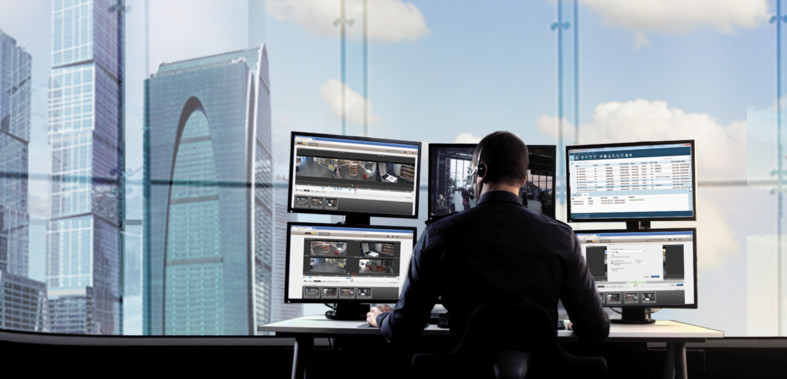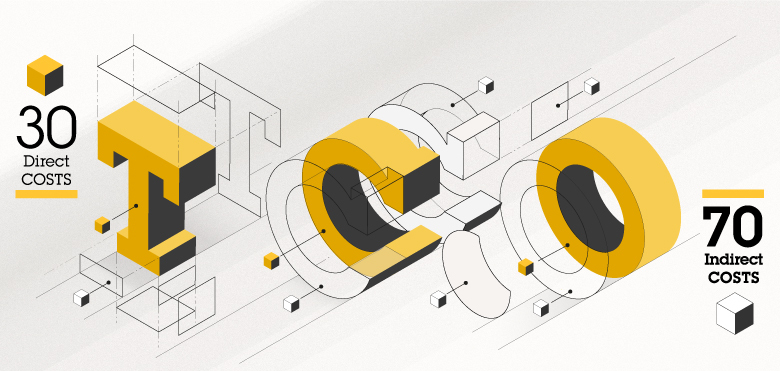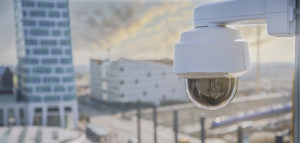Can retailers make profit from their surveillance system?
The market has been tumultuous in recent years, with most sectors being affected by the global economic downturn. The retail sector has not been alone in facing these challenges, if anything they have been even more visible in an industry where costs are heavily scrutinized, and margins razor thin. As a retailer operating in the current climate, you will understand the importance of streamlining operations and ensuring that you are getting the most out of your investments.
This is why, when it comes to purchasing a new surveillance function or solution, you will want to consider if and how it can reduce costs or impact your profit margins. Deciding on the right solution requires a lot of thought. To be profitable, your system needs to manage more than just your store security, it also needs to provide something a little extra to help reduce your overall expenditure. Ultimately, the best solution will add value to your retail business rather than be considered as “just another cost”.
In this blog, we outline why it’s important to consider the total cost of ownership (TCO) for a surveillance system before exploring how you can drive a positive return on investment (ROI).
Considering the total cost of ownership
There are a number of costs associated with owning a surveillance system, which can crop up at any point of the acquisition, operation, and decommissioning. This is why it’s important to consider the overall value when investing in a system using a TCO approach. TCO as a concept is well-established and used across industries, it centres on capturing all the costs involved with making a purchase decision. By adopting this approach, you can factor in costs associated with your camera solution over its whole lifecycle.
Of course, the cost of individual pieces of surveillance technology cannot be overlooked. As a retailer, you may need to employ a system that utilizes hundreds of cameras across a number of your stores, which would find itself attached to a hefty upfront payment. While the upfront, direct costs for hardware can rack-up quickly, it is important to note that these are only the highly ‘visible’ costs.
It is often the invisible and ongoing costs attached to running these solutions – such as installation costs, operation and maintenance, training staff members, and so on – that ultimately far outstrip the initial cost of the hardware in the longer term. This is why it’s so important to factor in the TCO when considering what a solution will likely end up costing you.
The hidden costs beyond hardware
Once you have considered the direct costs associated with a surveillance solution, it’s vital you understand the additional, hidden costs that could be incurred. These can vary depending on the camera system chosen. While security cameras may seem similar in specification, even performing similarly in tests, their quality and longevity should also be factored in. Short-term savings can result in long-term costs, and so this should be considered as part of your retail investment evaluations.
For instance, indirect costs include more than just ongoing operations and regular maintenance, they also include the management of the installation, the hiring security personnel, data storage (both on-premises and cloud), energy consumption, cybersecurity, and the management of firmware upgrades. Ensuring all of these aspects are taken care of can have significant financial implications in the long run.
Once you’ve taken those into consideration, you also need to account for some smaller costs, including cabling, system design, training staff to use the equipment, and obtaining the necessary documentation to operate the system. And that is not all, you then need to consider the intangible costs associated with more unpredictable instances such as cyberattacks, redesign, and finally the cost of decommissioning once the system reaches end of life.
This is where opting for a system that is scalable can benefit your retail business. For instance, if your system is based on an open platform, you can ensure it can be easily upgraded and extended over time – improving its reliability. This will save you operational and maintenance costs in the future and can ultimately drive a higher ROI.
Driving real return on investment
When it comes to ROI, it’s important to consider how your surveillance system can help your day-to-day retail business and generate value. These returns are particularly rewarding when combining your cameras with other solutions. For instance, if you were to experience issues related to theft, loss, or fraud, you can use combined solutions to minimize this.
As an example, a UK-based fashion retailer managed to reduce the amount of fraud by 50% after the deployment of a combined solution, resulting in an ROI period of less than two months for the system. The same retailer could also improve its returns process with this technology, with the ability to validate customer claims – which turned out to be fraud in more than 75% of all cases. This can also be applied to instances of cart push out (whereby customers leave a store without paying for their goods). By utilizing your surveillance system and intelligent monitoring, you can better ensure loss prevention.
Leveraging the additional capabilities within your existing security system is another way to generate more value out of your initial investment. Instead of solely using your system for security purposes, there are several other use cases that can benefit your retail business. For instance, analytics capabilities within your cameras can prove to be especially valuable. Whether through improving in-store staff management with real-time announcements, or optimizing efficiency with the support of automated processes, there are ways to generate profit here.
There are also potential benefits that can help improve synergy across departments – it can increase budgets for projects through cooperation between operations managers and store managers, which can bring value to your retail business. This will contribute to the total added value of your surveillance system and ensure you can realize ROI over time.
Interested in finding out more about generating value from your surveillance system?



